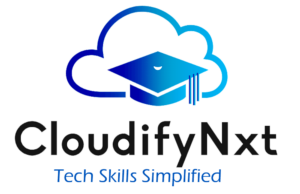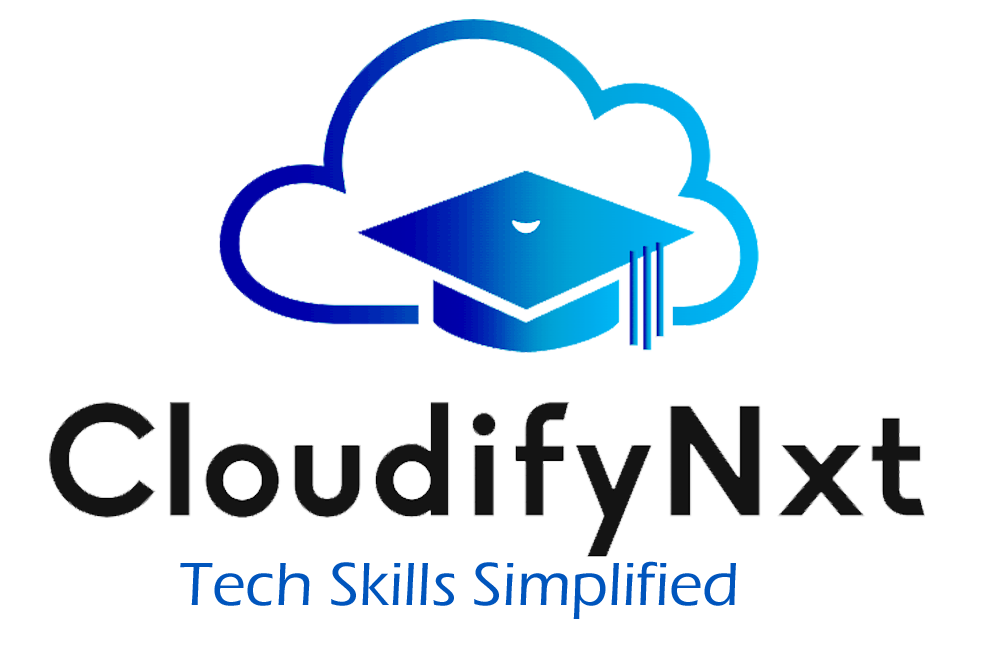
Can I Learn Data Science in 6 Months? A Practical Guide
Contents
- 1 Introduction: Can You Master Data Science in Six Months?
- 2 How Realistic Is it to Learn Data Science in 6 Months?
- 3 Step-by-Step Guide: How to Learn Data Science in 6 Months
- 3.1 Month 1: Foundation – Python, Statistics, and SQL
- 3.2 Month 2: Data Exploration and Visualization
- 3.3 Month 3: Introduction to Machine Learning
- 3.4 Month 4: Deep Dive into Machine Learning Algorithms
- 3.5 Month 5: Specialized Topics and Real-World Projects
- 3.6 Month 6: Final Refinement and Job Preparation
- 4 How Can I Accelerate My Learning?
- 5 Conclusion: Is Learning Data Science in 6 Months Possible?
Introduction: Can You Master Data Science in Six Months?
Data Science has emerged as one of the most in-demand skills in the world, fueling business innovation and technological growth. With increasing demand for data scientists and AI professionals, many people wonder: Can I learn Data Science in 6 months? The answer depends on a few factors—your prior knowledge, learning pace, and how well you structure your learning.
This blog will guide you through what you need to learn, how you can efficiently structure your study plan, and the tools and technologies that are essential to building a career in Data Science within a short time span.
How Realistic Is it to Learn Data Science in 6 Months?
Data Science is an interdisciplinary field that requires a combination of mathematical, statistical, and programming skills. Mastering all aspects of data science in six months is a challenging but achievable goal, depending on your prior knowledge and the intensity of your study plan.
Factors to Consider:
-
Your Background: Having a strong foundation in subjects like mathematics, programming, or statistics will allow you to progress more quickly.
-
Commitment: If you can dedicate a significant amount of time daily to learning, you will accelerate your understanding of key concepts.
-
Practical Projects: The more hands-on projects you work on, the faster you’ll develop practical skills.
What You Can Expect to Learn in 6 Months
-
Basic Python Programming: Learning the syntax, libraries, and tools required for data analysis.
-
Mathematics for Data Science: Fundamental concepts in statistics, probability, and linear algebra.
-
Machine Learning: Key algorithms like regression, classification, clustering, and neural networks.
-
Data Cleaning and Visualization: Essential skills for preparing and visualizing datasets.
Step-by-Step Guide: How to Learn Data Science in 6 Months
To maximize your learning potential, break your 6-month journey into manageable phases. Here’s a structured approach that will help you build your skills efficiently:
Month 1: Foundation – Python, Statistics, and SQL
1. Learn Python
Python is the most popular programming language for data science. Start with the basics and work your way up to more advanced topics. Key libraries to focus on include:
-
NumPy: For handling large datasets and performing mathematical operations.
-
Pandas: For data manipulation and analysis.
-
Matplotlib and Seaborn: For data visualization.
2. Learn Statistics and Probability
Understanding statistics is crucial for analyzing data effectively. Focus on:
-
Descriptive statistics (mean, median, standard deviation)
-
Probability theory and distributions
-
Hypothesis testing and p-values
3. Learn SQL
SQL (Structured Query Language) is essential for querying and manipulating data from databases. Learn to:
-
Write SQL queries to retrieve data
-
Work with joins, grouping, and aggregation
-
Understand database management systems
Month 2: Data Exploration and Visualization
1. Data Cleaning
Real-world data is messy, so learning how to clean and preprocess data is crucial. Focus on:
-
Handling missing values
-
Removing duplicates
-
Normalizing and scaling data
2. Data Visualization
Data visualization is vital to understanding patterns and insights. Learn how to:
-
Create basic plots (histograms, bar charts, scatter plots)
-
Use Matplotlib and Seaborn to visualize data effectively
-
Understand the importance of clear, informative charts and graphs
3. Exploratory Data Analysis (EDA)
EDA is the process of analyzing datasets to summarize their main characteristics. Learn techniques like:
-
Identifying correlations between variables
-
Visualizing data distributions
-
Testing hypotheses with statistical methods
Month 3: Introduction to Machine Learning
1. Supervised Learning
Supervised learning is one of the most important areas of machine learning. You’ll focus on algorithms that use labeled data to make predictions. Key algorithms include:
-
Linear regression for predicting continuous values
-
Logistic regression for binary classification
-
Decision Trees and Random Forests for both classification and regression tasks
2. Unsupervised Learning
Unsupervised learning is about finding hidden patterns in unlabeled data. Learn algorithms such as:
-
K-means clustering for grouping data into clusters
-
Hierarchical clustering for hierarchical relationships in data
-
Principal Component Analysis (PCA) for dimensionality reduction
3. Model Evaluation and Validation
Learn techniques to evaluate the performance of your models, including:
-
Cross-validation for avoiding overfitting
-
Confusion matrix to evaluate classification models
-
Mean Squared Error (MSE) for regression models
Month 4: Deep Dive into Machine Learning Algorithms
1. Advanced Algorithms
After gaining a foundation in machine learning, focus on advanced models like:
-
Support Vector Machines (SVM) for classification tasks
-
K-Nearest Neighbors (KNN) for classification and regression
-
Naive Bayes for probabilistic classification
2. Introduction to Deep Learning
Deep learning is a subfield of machine learning that uses neural networks with many layers. Begin with the basics:
-
Artificial Neural Networks (ANNs)
-
Backpropagation
-
Gradient Descent
3. Model Hyperparameter Tuning
Learn to optimize machine learning models by:
-
Tuning learning rate and regularization
-
Using tools like GridSearchCV to find the best parameters
Month 5: Specialized Topics and Real-World Projects
1. Natural Language Processing (NLP)
Explore how to work with text data and build chatbots or sentiment analysis models. Key areas include:
-
Text preprocessing (tokenization, stemming, lemmatization)
-
Word embeddings like Word2Vec
-
Named Entity Recognition (NER) for extracting information
2. Real-World Data Science Projects
Apply your learning to real-world datasets:
-
Analyze sales data and provide insights on improving sales.
-
Build a recommendation system using collaborative filtering.
-
Perform predictive modeling on healthcare data to predict disease outcomes.
Month 6: Final Refinement and Job Preparation
1. Master Deep Learning
Deepen your knowledge of Convolutional Neural Networks (CNNs) for computer vision tasks and Recurrent Neural Networks (RNNs) for sequential data like time series.
2. Build a Portfolio
Start compiling your projects and analyses on GitHub. Having a well-organized portfolio can help showcase your skills to potential employers.
3. Job Search and Interview Prep
Prepare for data science interviews by:
-
Practicing common coding challenges on platforms like LeetCode and HackerRank
-
Learning the theory behind key machine learning algorithms
-
Preparing to discuss your projects and their impact
How Can I Accelerate My Learning?
While it’s possible to learn data science in 6 months, here are a few tips to maximize your progress:
-
Consistency: Dedicate at least 3-4 hours a day to learning and practicing.
-
Online Resources: Leverage platforms like Coursera, edX, and Udemy for structured learning.
-
Join Data Science Communities: Participate in Kaggle competitions, join LinkedIn groups, and engage in online forums to stay motivated.
-
Hands-on Practice: Apply theoretical knowledge to real datasets and projects. It will cement your understanding and give you valuable portfolio material.
Conclusion: Is Learning Data Science in 6 Months Possible?
In conclusion, learning data science in 6 months is absolutely achievable with the right dedication, resources, and structured learning plan. While mastery takes time, you can certainly build a strong foundation that will make you job-ready in a short span.
If you’re ready to dive into data science and machine learning, make sure to follow a clear path, keep learning, and work on hands-on projects. The field of data science is constantly evolving, so stay curious and continue to expand your skills.
